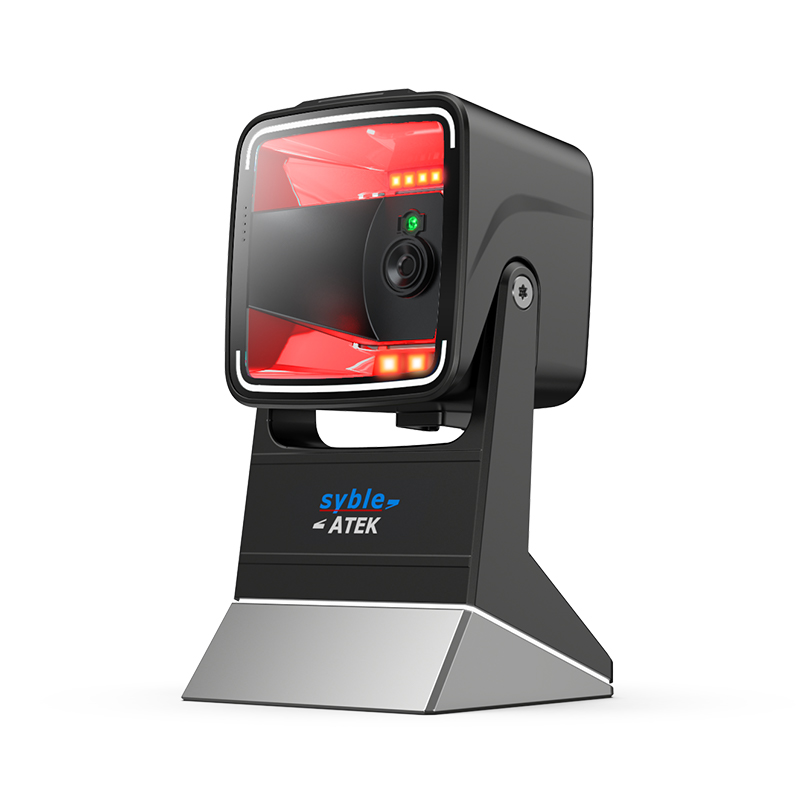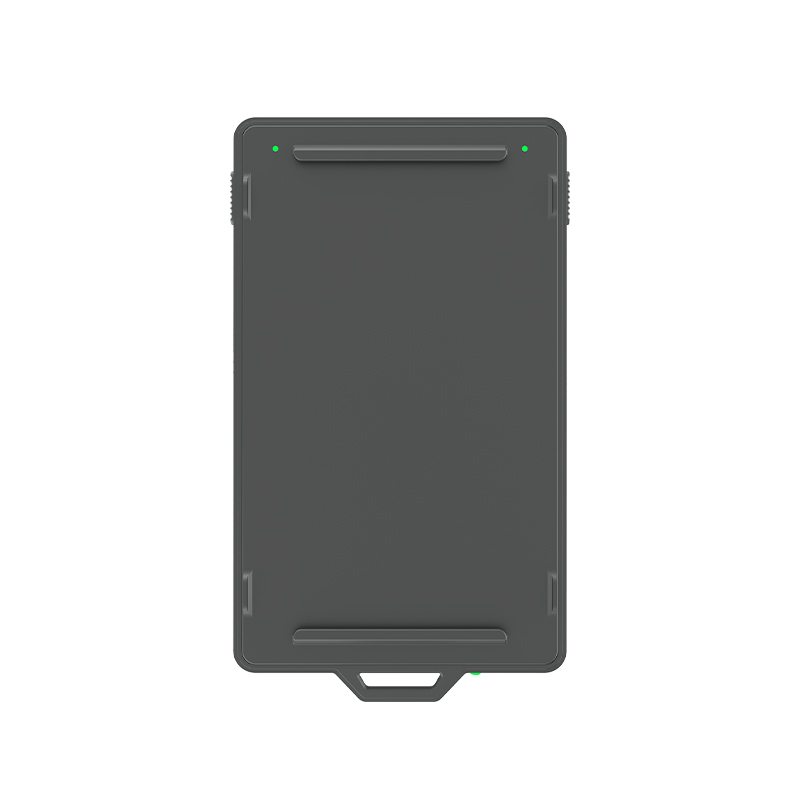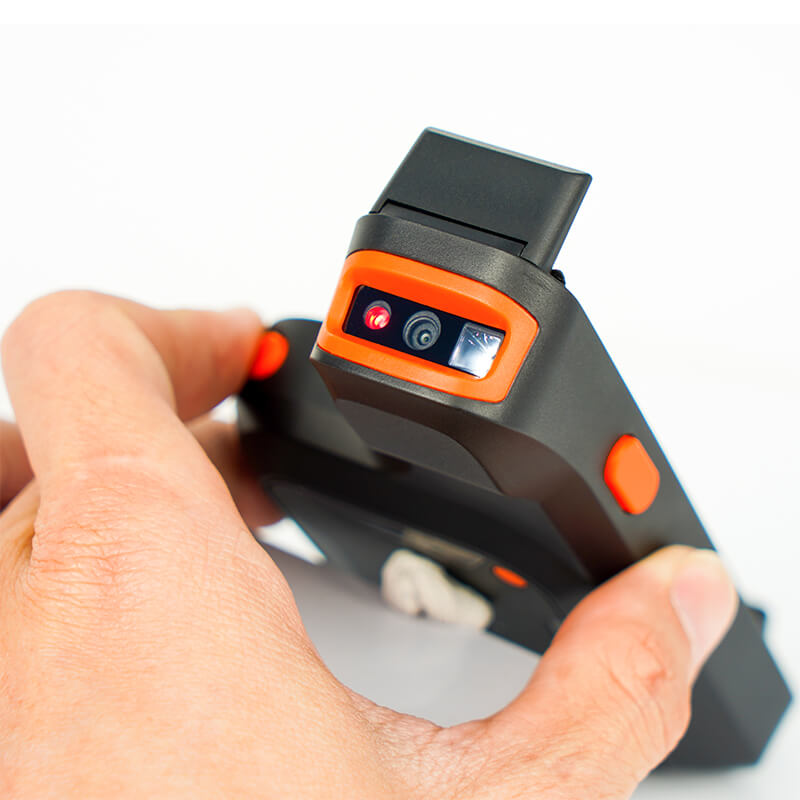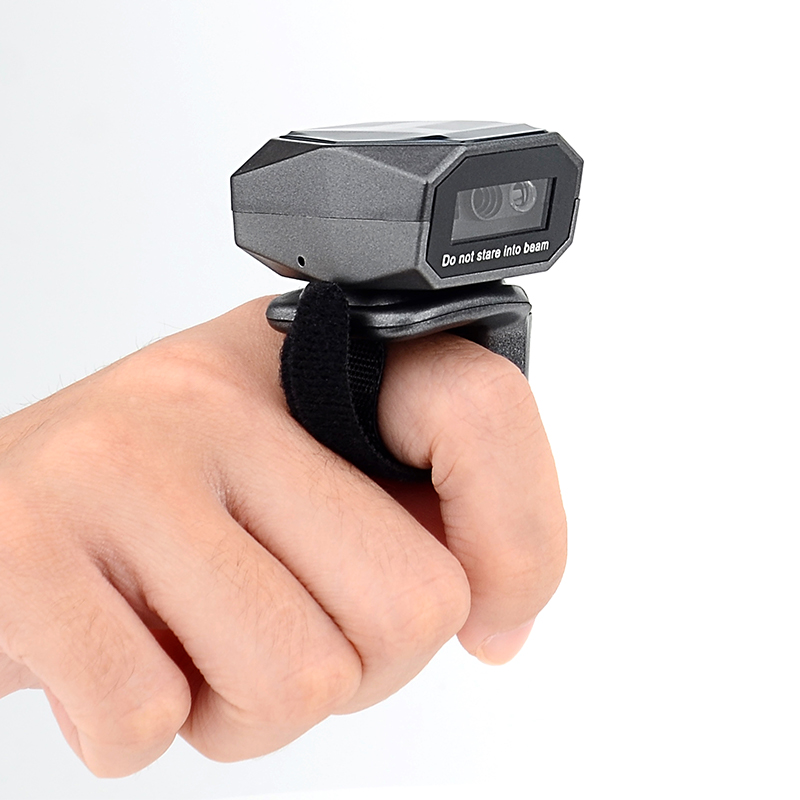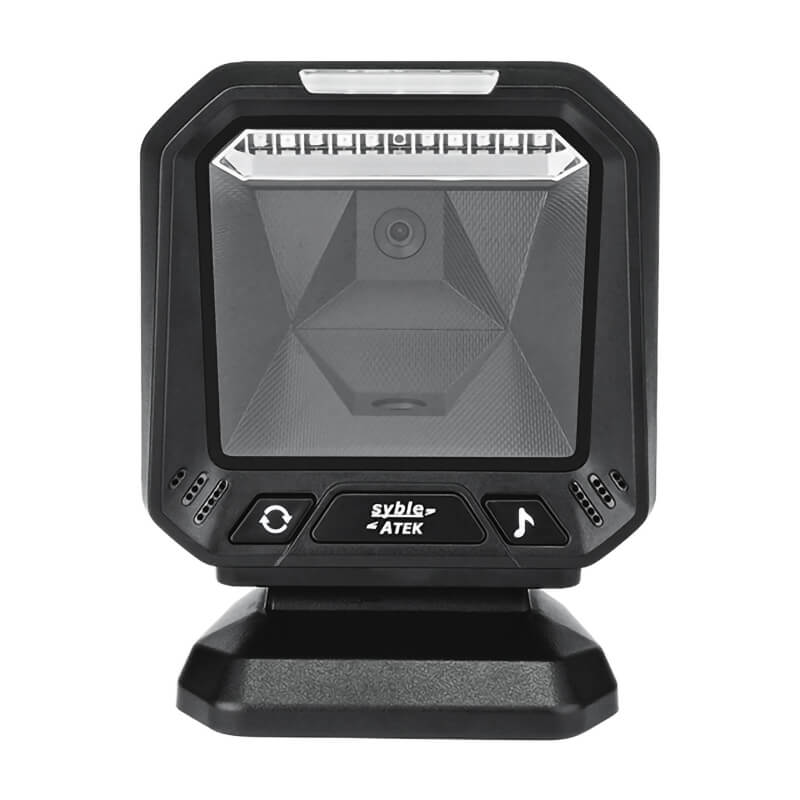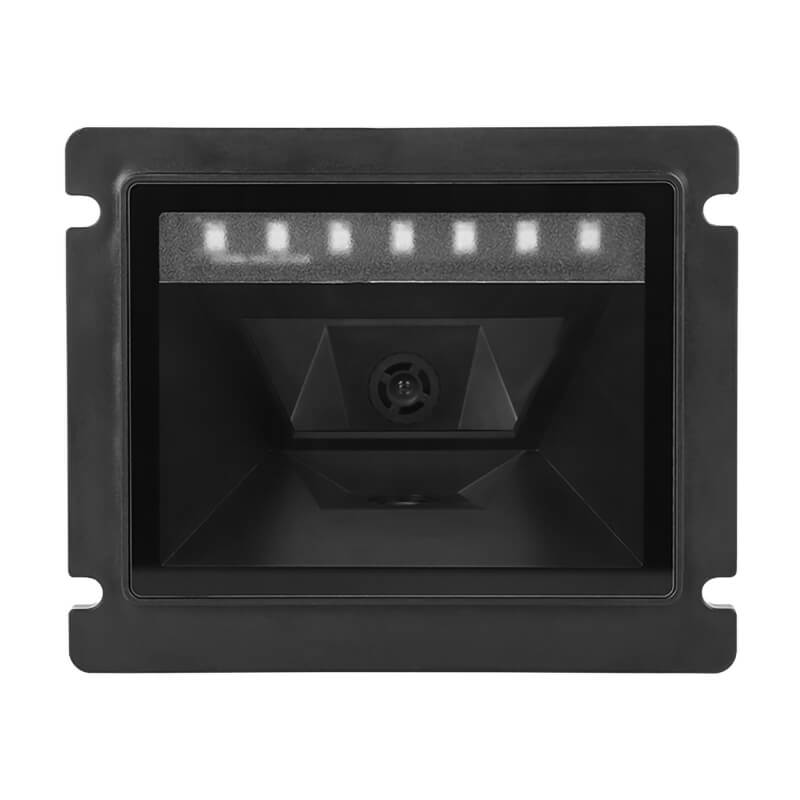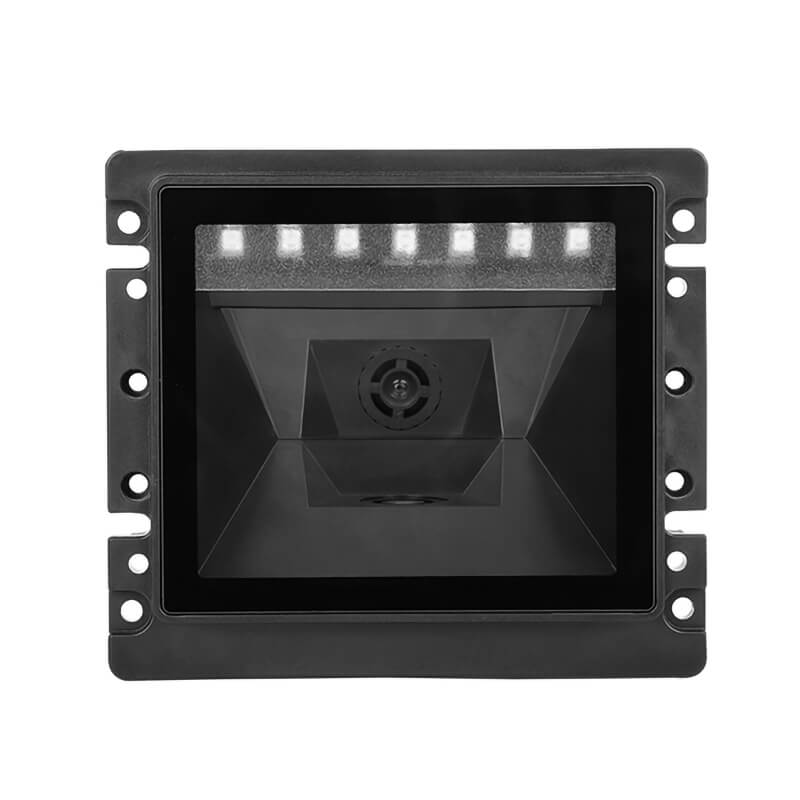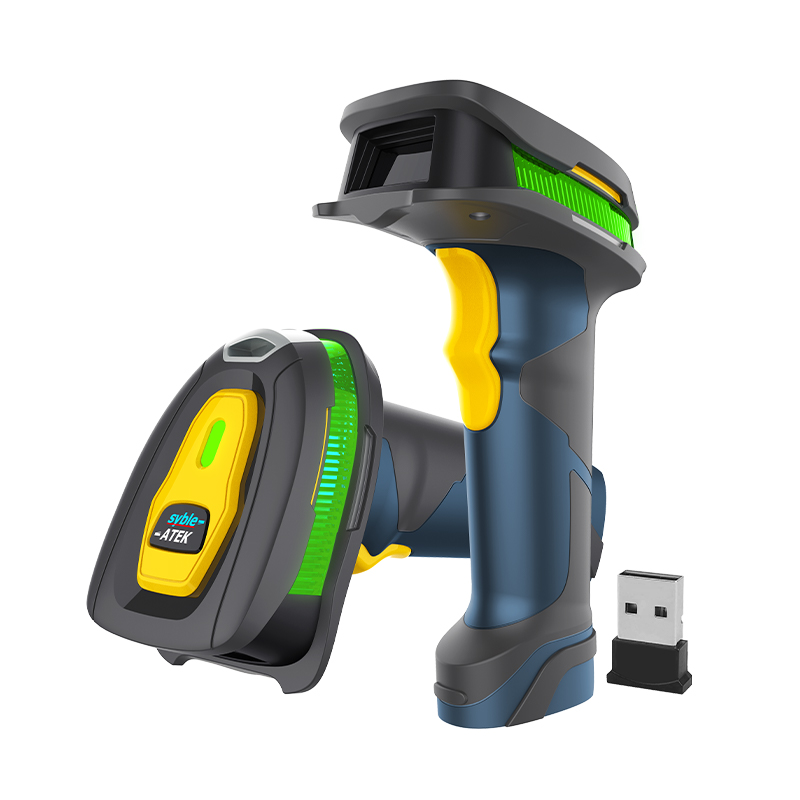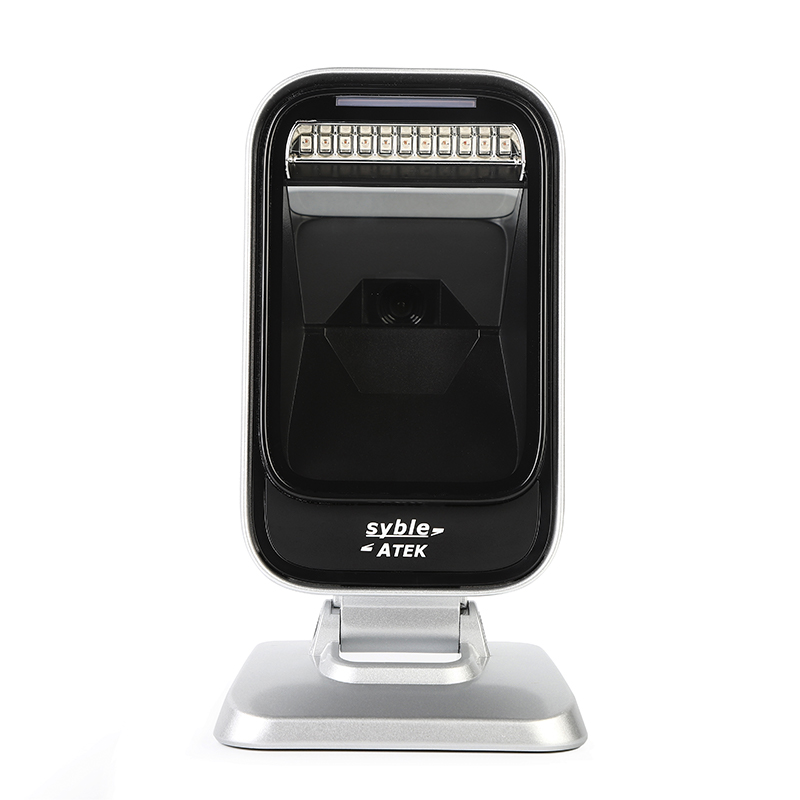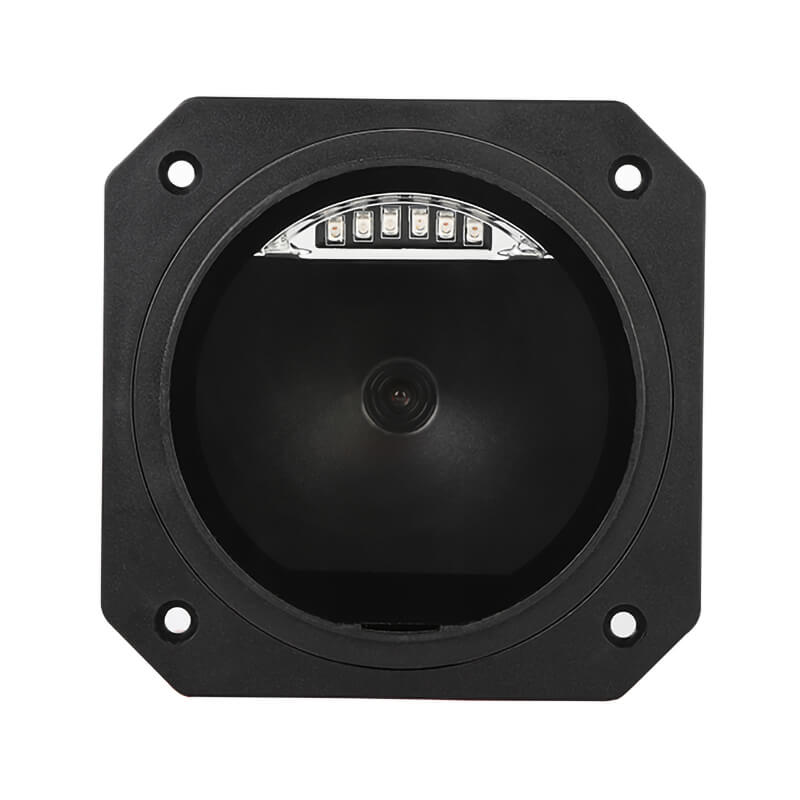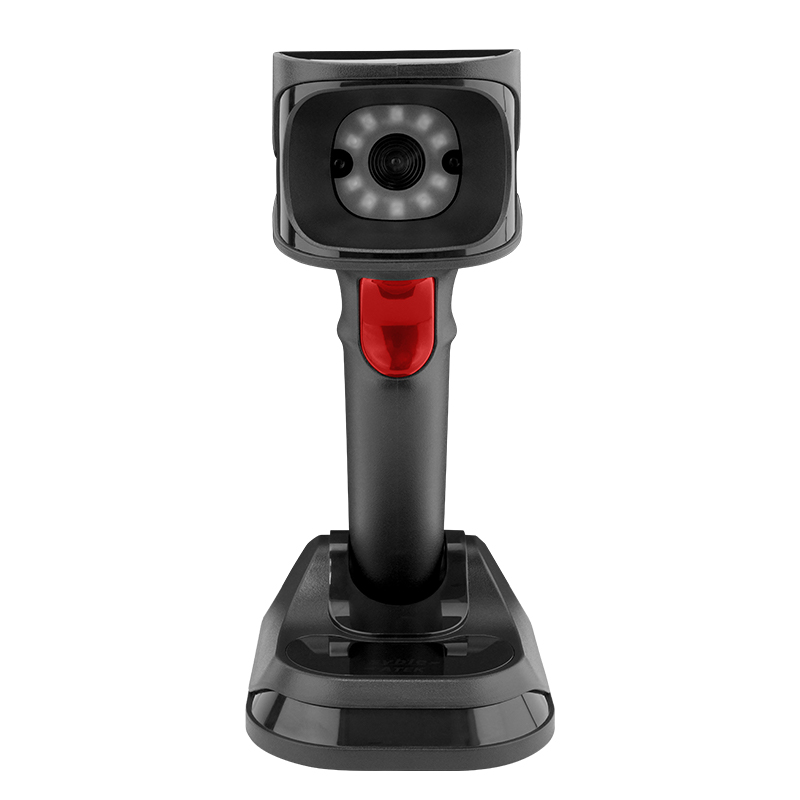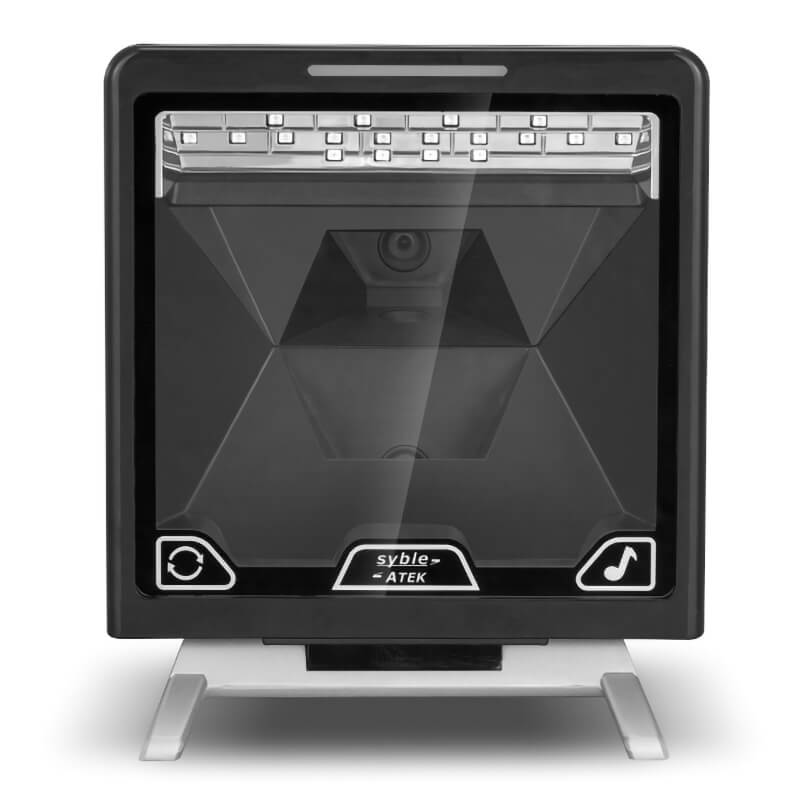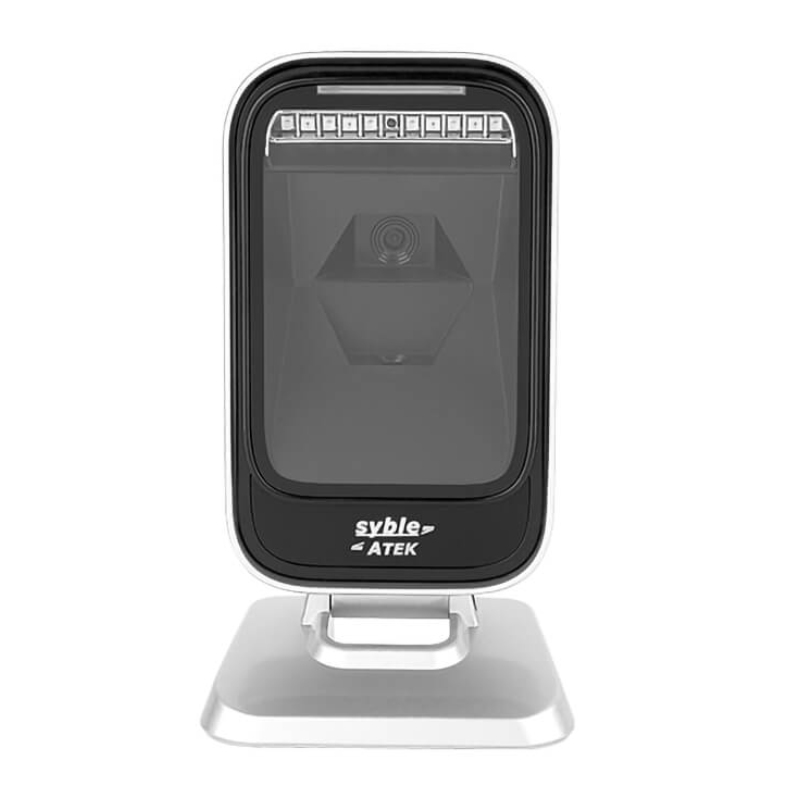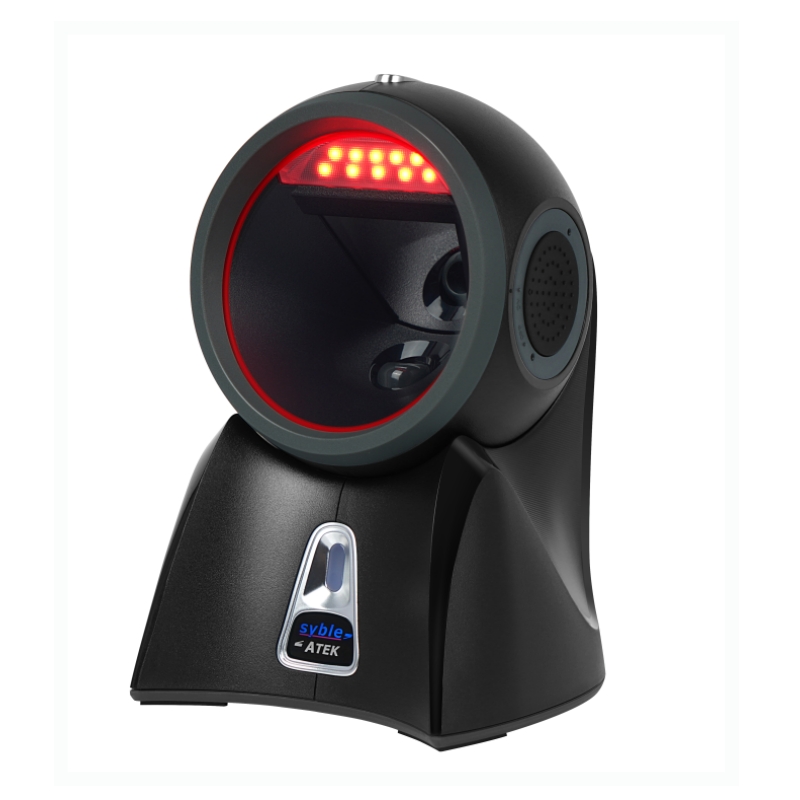Barcode scanners are categorized based on their scanning technology, connectivity, and intended use. Each type has a specific range (distance) over which it can effectively read barcodes. Here are the typical ranges for different types of barcode scanners:
Short-Range Scanners: These scanners are designed for close-range scanning, typically up to a few centimeters. They are ideal for retail and point-of-sale systems.
Standard-Range Scanners: Optimized for scanning barcodes within a medium distance, usually within 2-3 feet. These are commonly used in warehousing and inventory management.
Long-Range Scanners: Designed for scanning barcodes from several meters away, commonly using advanced imaging or laser technology. These are used in industrial and logistics applications.
2. Mobile Computer Barcode Scanners
These scanners combine scanning and computing capabilities, offering features like real-time data entry and app compatibility. They typically have a scanning range similar to standard-range handheld scanners but can vary based on the specific model.
3. Smartphone and Tablet Barcode Scanners
These rely on apps and cameras or attachable hardware to perform scans. The scanning range is generally short to medium, suitable for light-duty tasks in retail or small-scale operations.
4. Rugged Barcode Scanners
Built for durability in harsh environments, these scanners can have a wide range of scanning distances.
These scanners are worn on the arm, hand, or finger and are designed for high-volume warehouse or factory settings. They typically have a short to medium scanning range, suitable for close-range scanning.
6. Stationary Barcode Scanners
Presentation Scanners: These are designed to sit on a counter and automatically read barcodes when an item is placed in front of them. They have a wide reading area and are suitable for retail and grocery store checkout counters.
In-Counter Scanners: Similar to presentation scanners but embedded into counters. They automatically read barcodes without requiring a trigger and are used in grocery stores and self-check lines.
7. Fixed-Mount Barcode Scanners
These scanners are mounted in a specific location and read barcodes as items pass in front of them. They can have a wide range of scanning distances, from a few centimeters to several meters, depending on the application.
8. Extra-Long-Range Scanners
Used in specialized environments where barcodes need to be scanned from significant distances (up to 50 feet or more). These are ideal for large warehouses and outdoor logistics.
Conclusion
The scanning range of barcode scanners varies widely depending on the type and intended use. When selecting a barcode scanner, it is important to consider the specific needs of your application, including the range and density of barcodes you need to scan. This ensures that you choose a scanner that provides the flexibility and accuracy required for your operations.


